As the core equipment in the field of film processing, the film slitting machine has become an important tool in the new energy, packaging, electronics and other industries by virtue of high-precision cutting, efficient production capacity and intelligent technology. The following is a comprehensive analysis of its core functions and technical highlights:
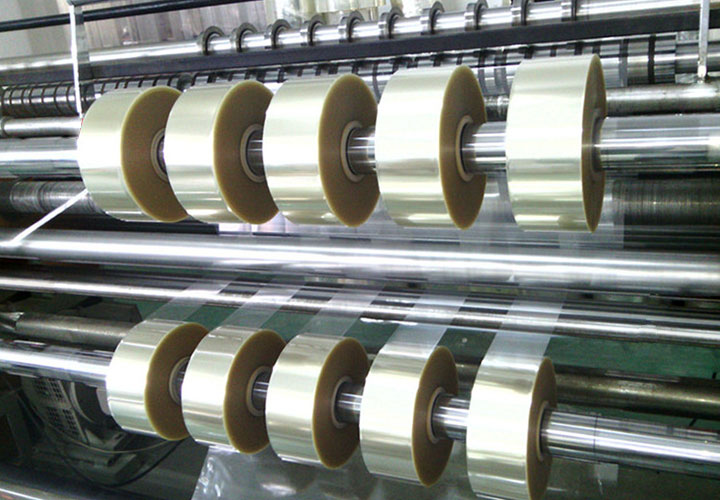
First, the core function of the film slitting machine
1. High-precision slitting
◦ Accuracy range: It can achieve a cutting accuracy of ±0.005mm or less, which meets the processing needs of ultra-thin materials (such as optical films, lithium battery separators, etc.) (such as less than 5μm).
◦ Technical support: high-rigidity servo motor drive + linear guide rail, with laser rangefinder real-time deviation correction, to ensure that the slitting edge is free of burrs and wavy lines.
2. Efficient production
◦ Speed performance: The slitting speed of modern models can reach 800-1200 m/min (such as lithium battery separator slitting machine), and some models are equipped with automatic roll change function to achieve 24-hour continuous production.
◦ Efficiency improvement: The double-station winding design reduces downtime and increases production efficiency by more than 30%.
3. Multi-material adaptability
◦ Compatible materials: Covers PE, PP, PET, aluminum foil, composite film, etc., and even can handle wet films (e.g. electrodes) after coating.
◦ Intelligent adjustment: Tension control system (such as PID closed-loop control) automatically matches the tensile coefficient of different materials to prevent deformation or breakage.
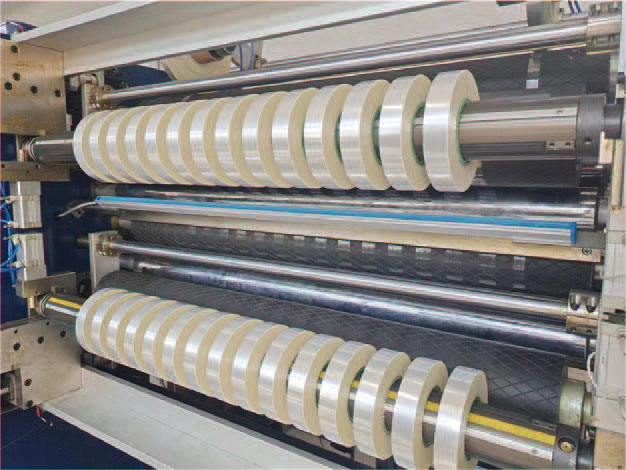
Second, breakthroughs in cutting-edge technologies
1. Intelligent control system
◦ AI visual inspection: real-time monitoring of slitting defects (such as scratches, bubbles), combined with big data analysis to optimize process parameters.
◦ IoT integration: support remote monitoring and predictive maintenance, with a fault diagnosis accuracy rate of more than 95%.
2. Energy-saving design
◦ Energy recovery: Some models adopt regenerative braking technology, which converts deceleration energy into electrical energy and feeds back to the grid, reducing energy consumption by 15%-20%.
◦ Low noise operation: Magnetic bearing technology makes the equipment noise less than 70dB.
3. Modular customization
◦ Plasma treatment module (to improve film surface adhesion) or dust removal system (cleanroom standard) can be selected according to requirements.
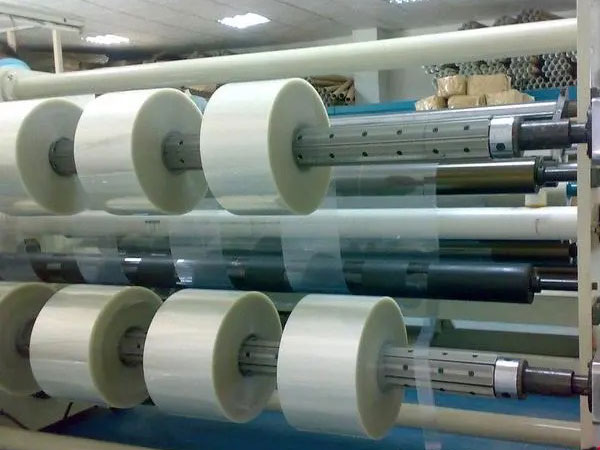
Third, industry application scenarios
• New energy field:
Lithium battery pole piece slitting (width tolerance ± within 0.1mm), separator ultra-narrow slitting (less than 1mm).
• Optical Films:
OLED display is slitted with optical film, which requires a dust-free environment (Class 1000 clean room adaptation).
• Packaging industry:
High-speed slitting of food-grade composite film (such as aluminum-plastic film) supports online waste edge recycling.
Fourth, the purchase of key indicators
1. Tension control accuracy: Models with ±1% tension fluctuation control are preferred.
2. Turret configuration: flexible combination of round knife (suitable for thick film) and air knife (suitable for thin film).
Future Trends
• Nanoscale cutting: to meet the demand for flexible electronics and ultra-thin graphene films.
• Digital twin technology: virtual commissioning shortens equipment delivery cycle by 30%.
The film slitting machine is redefining the limit of film processing through "precision machinery + intelligent algorithm", providing key support for the upgrading of the manufacturing industry. It is recommended that users choose the next-generation model with dynamic optimization capabilities according to material characteristics and capacity requirements.
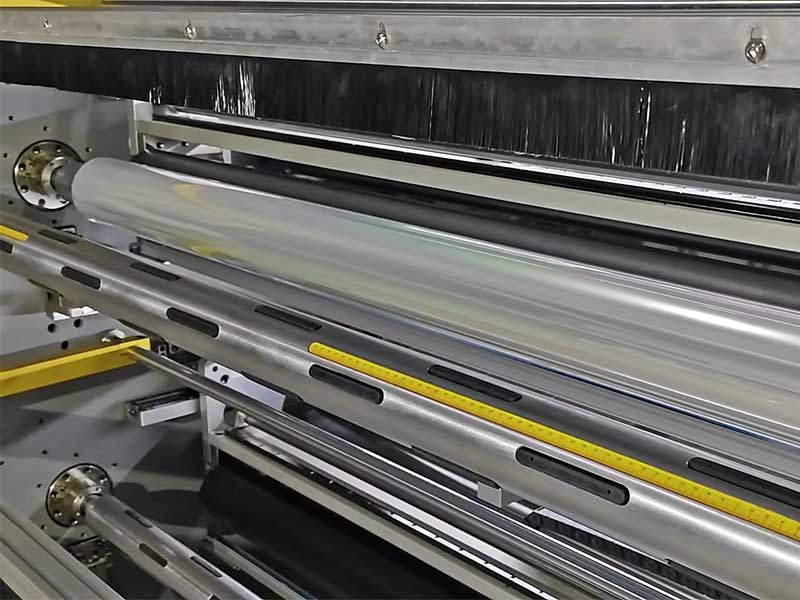
These film materials need to be precisely cut into different widths during the production process to meet the needs of various models and components.
10. December, 2025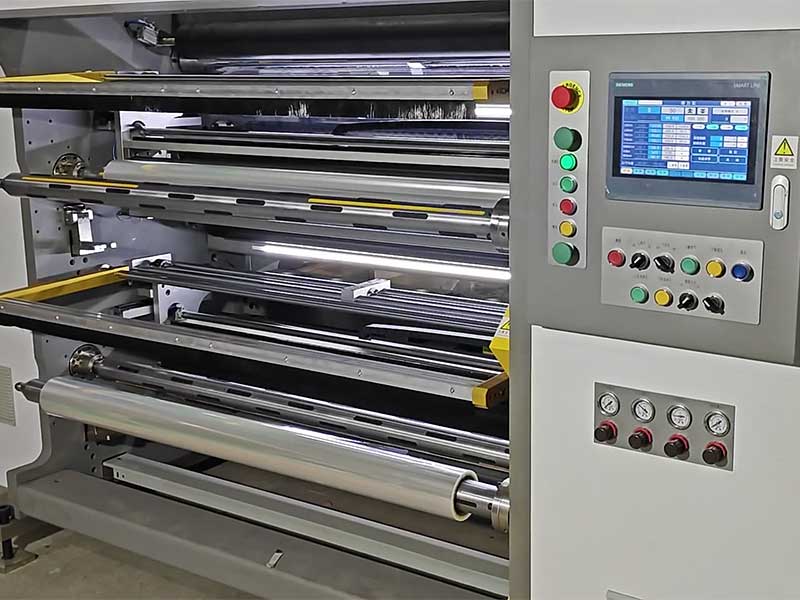
The automotive film slitting machine, an increasingly intelligent "cutting knife", is accurately cutting out redundant costs, inefficient processes and backward production methods.
10. December, 2025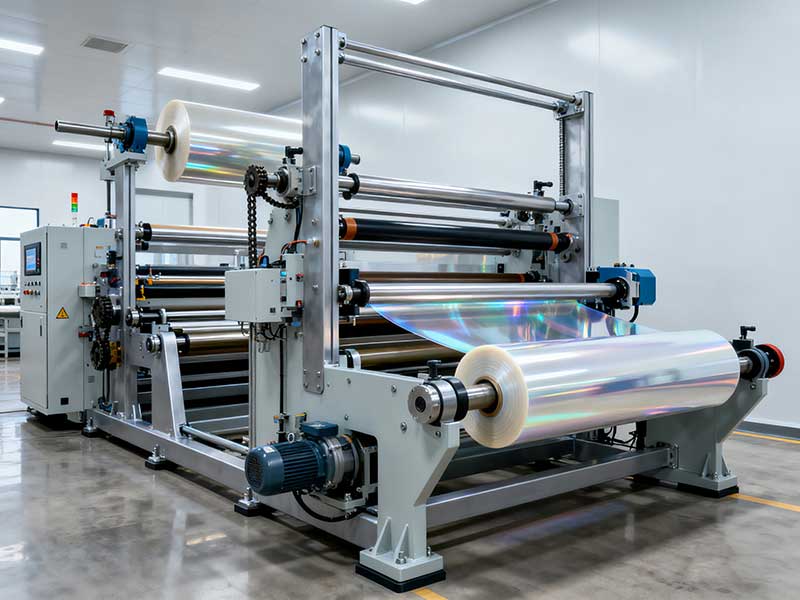
Tailored slitting solutions are not just a technology, but a deep understanding and respect for material properties.
06. December, 2025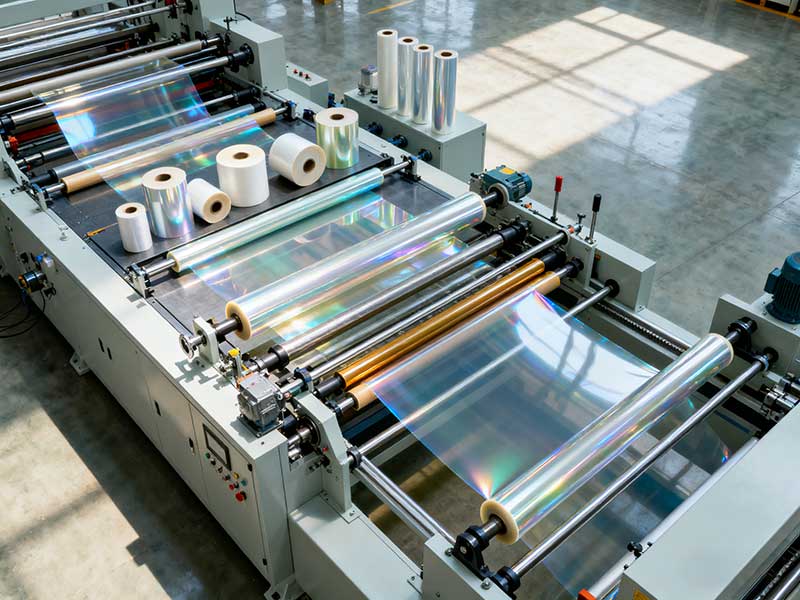
With the diversification of market demand for film materials, customized slitting solutions are becoming an important trend in the development of the industry.
06. December, 2025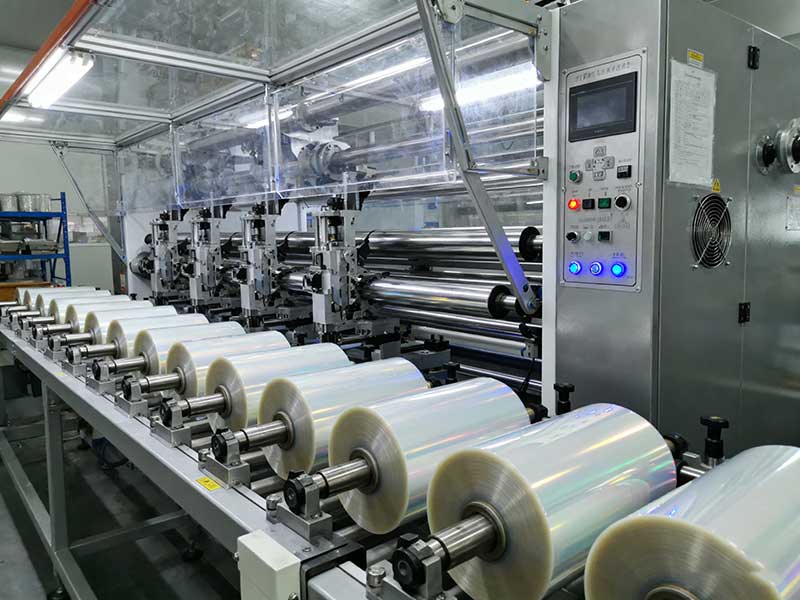
The technological innovation behind the high-performance film slitting machine is an epic that perfectly combines micro precision with macro benefits.
06. December, 2025